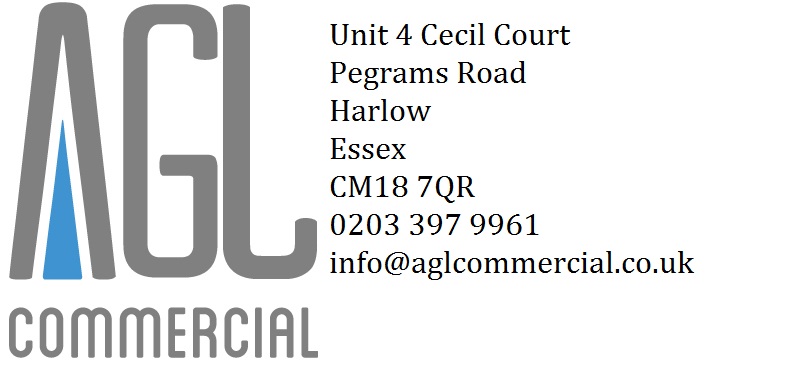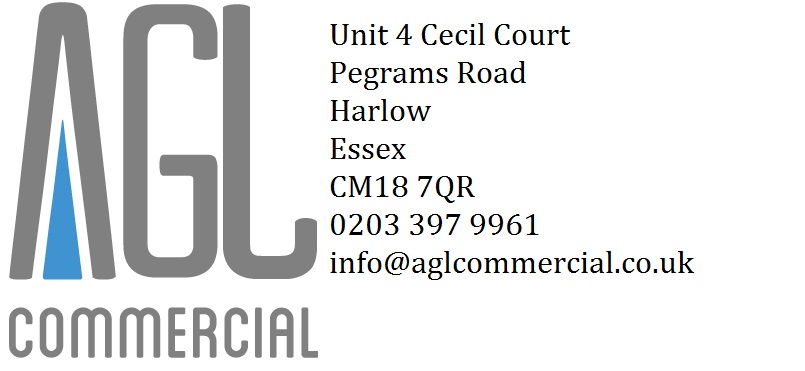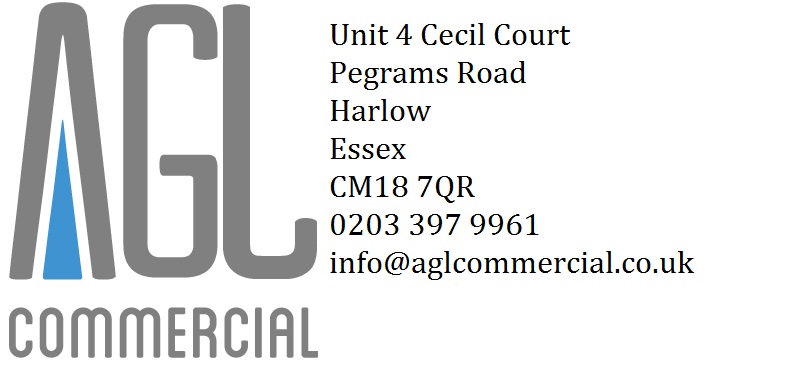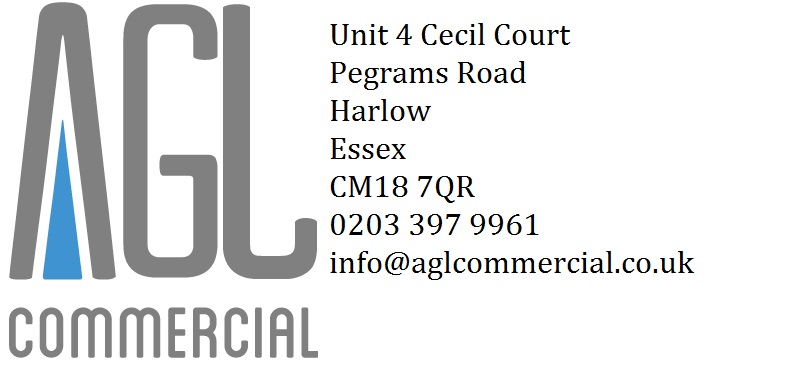Information
-
Site conducted
-
Principle contractor site Manager
-
AGL Project Manager for this site
-
Toolbox talk carried out by
-
Toolbox talk carried out on
-
Location
Accident Reporting and Investigation
-
Accident Reporting and Investigation
Overview This talk will cover: reporting and recording procedures.
Accident reporting
1 Health and safety law requires that the following types of accident are reported to the HSE:
• Fatalities and major accidents
• Injuries resulting in more than 7 days off work or inability to carry on with normal work
• Dangerous occurrences
2 By receiving such accident reports the HSE can establish accident trends, highlight areas of weakness and effectively target preventative measures.
3 All people on site must ensure that all accidents, no matter how minor, are recorded in the site Accident Book.
4 In the future, you may want to establish a link between a current health problem and a previous accident to claim compensation.
5 Accidents to members of the public arising out of site activities must also be reported.
Accident Investigation
1 Your employer has a duty to thoroughly investigate all accidents to establish the cause and prevent recurrence.
2 The HSE will also investigate fatalities and other serious accidents.
3 If you are involved in an investigation:
• listen carefully to the questions and remain calm
• state honestly what you saw or heard
• do not be afraid to say when you do not know an answer
4 Remember that the reason for the investigation is to prevent the accident happening again. -
Toolbox talk complete?
-
Now go to section "Toolbox talk attendee register"
Toolbox talk attendee register
-
Toolbox talk attendees -
Engineer -
-
Have you fully understood this toolbox talk?
-
Please report to your supervisor to discuss your concerns.
-
Name of engineer -
-
Signature -










